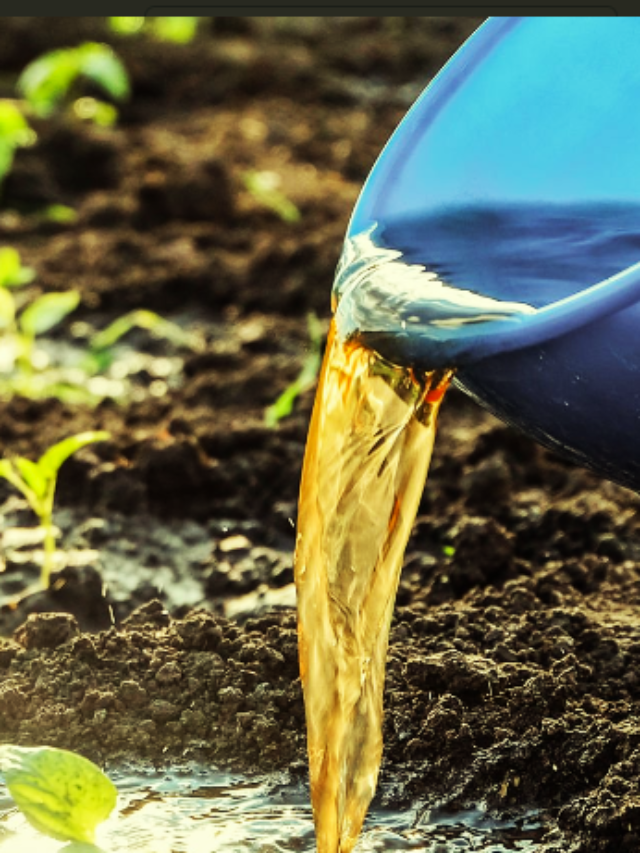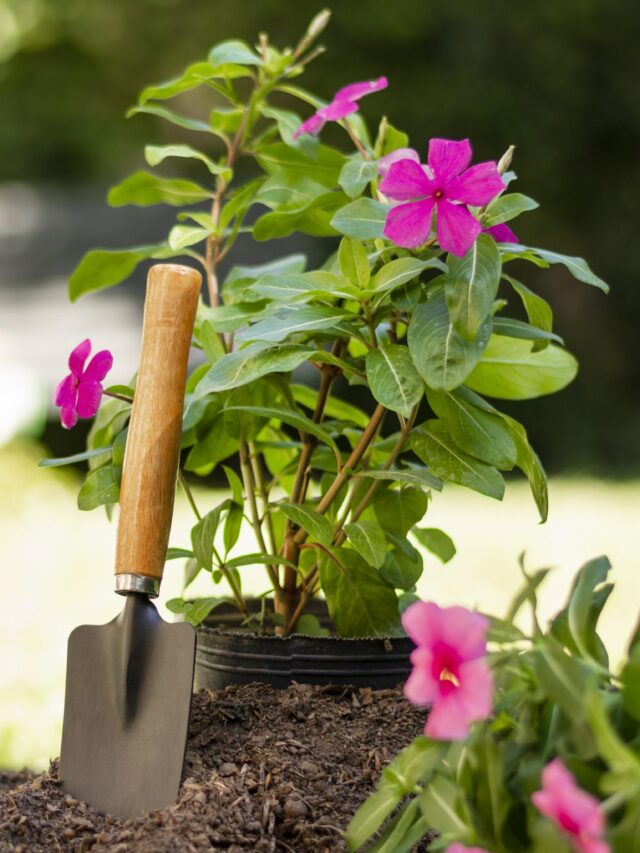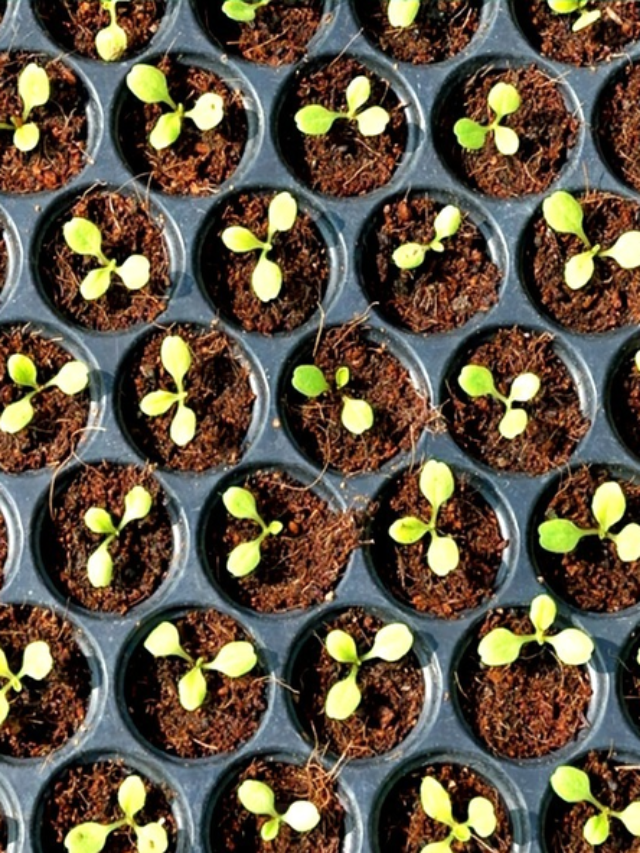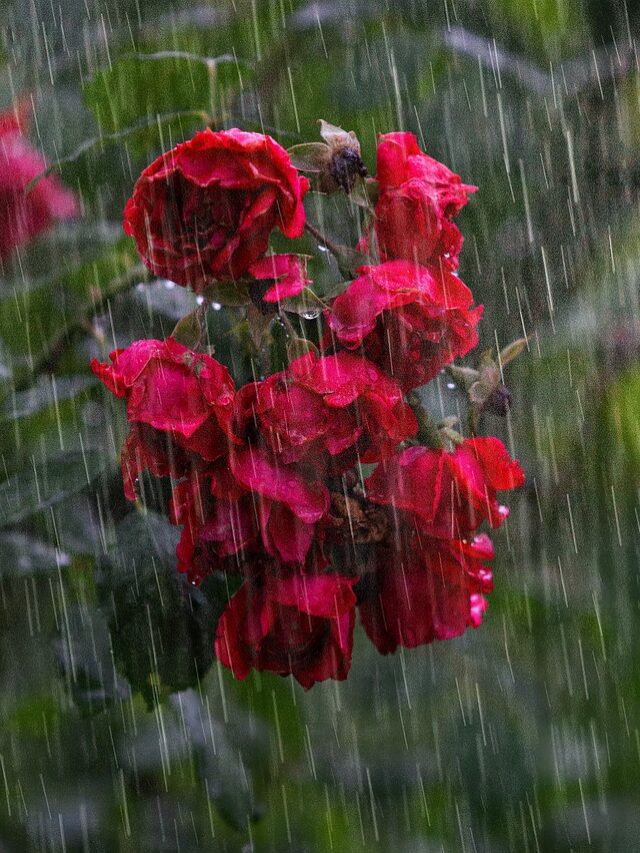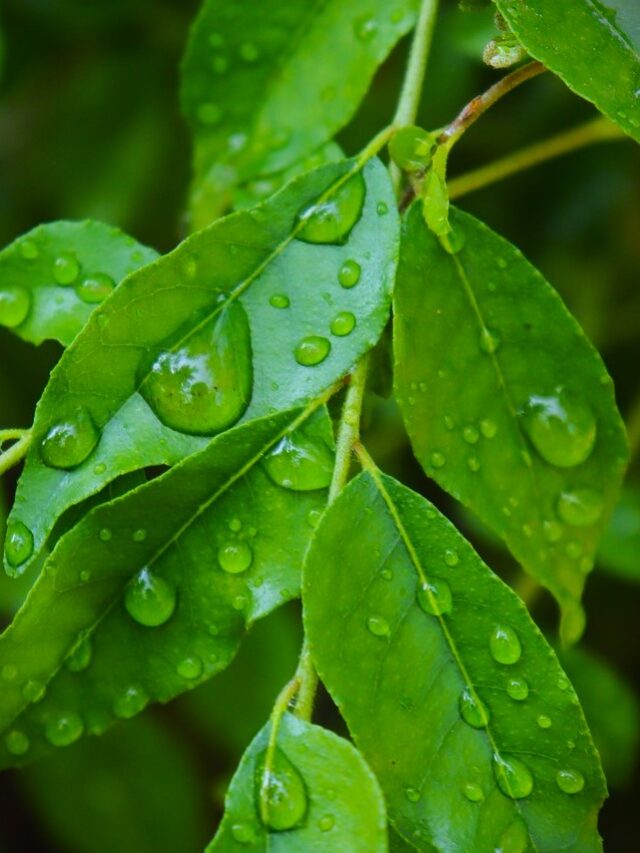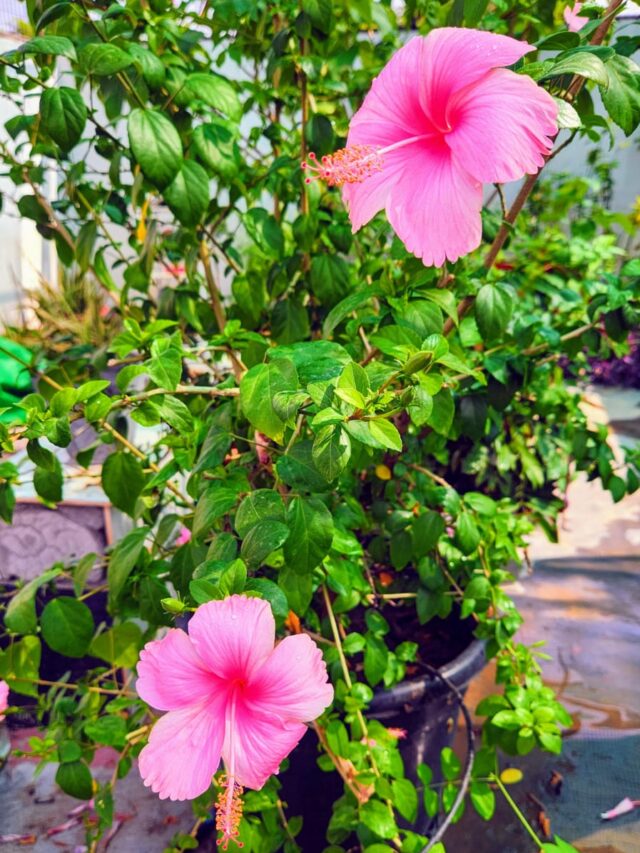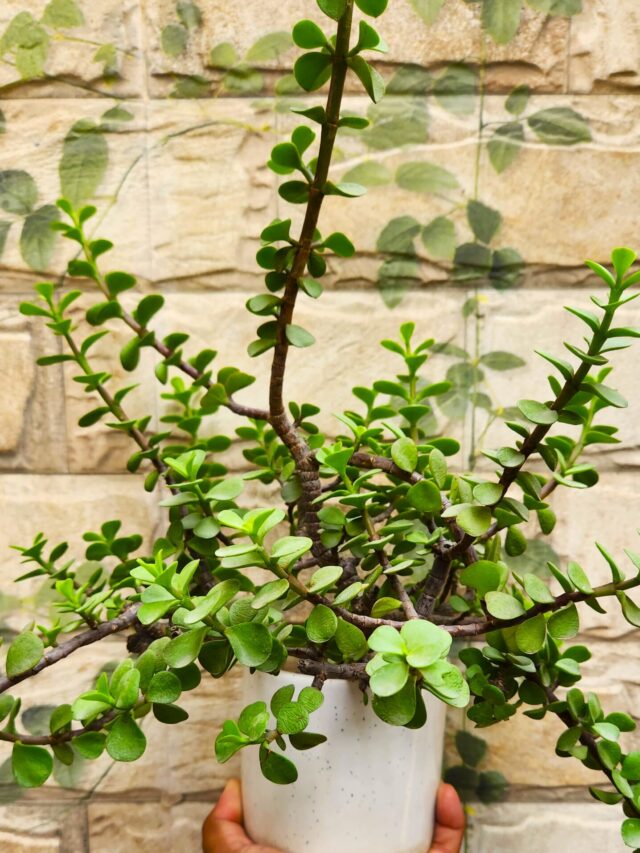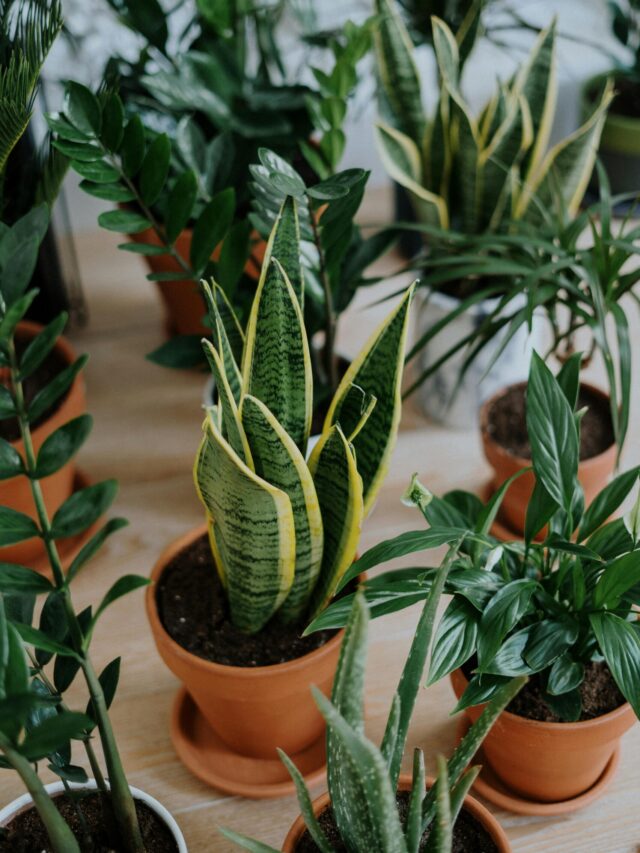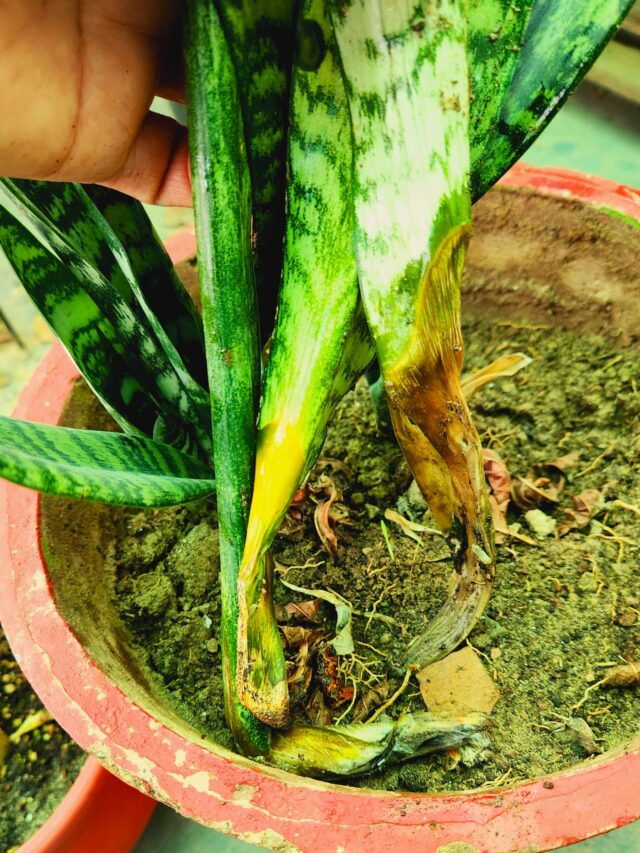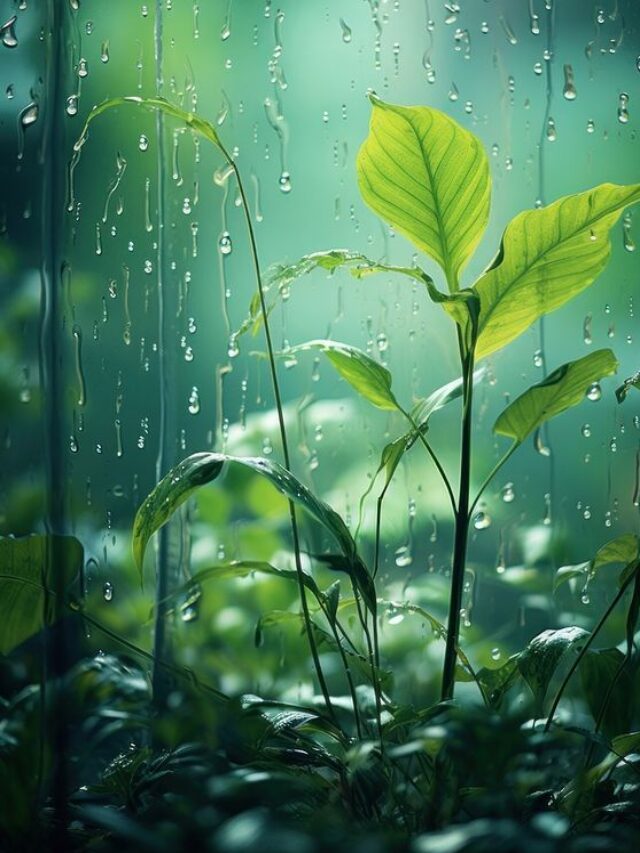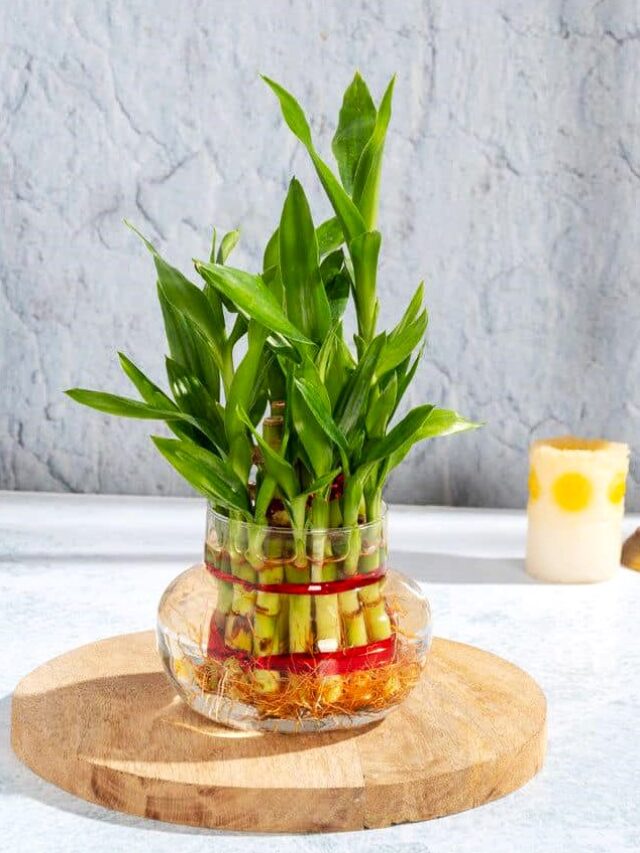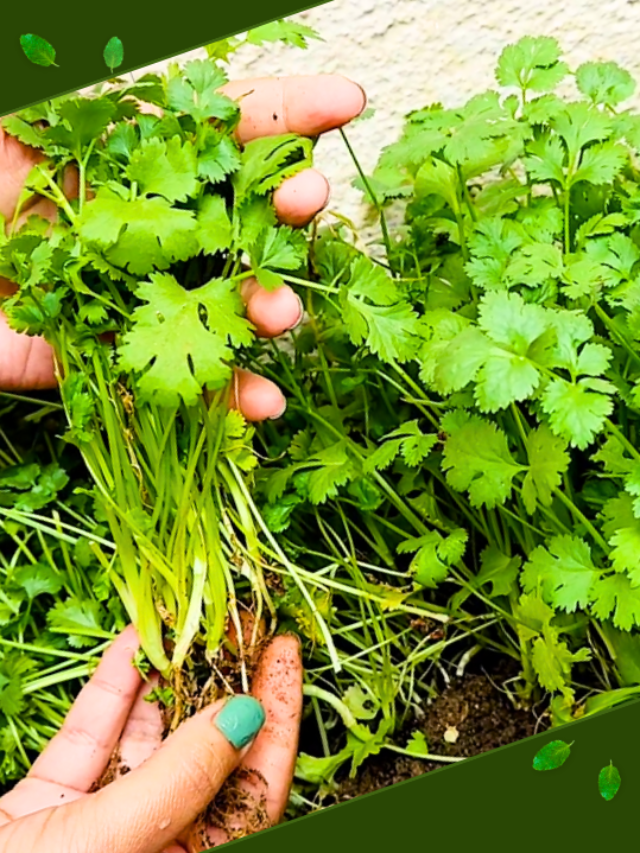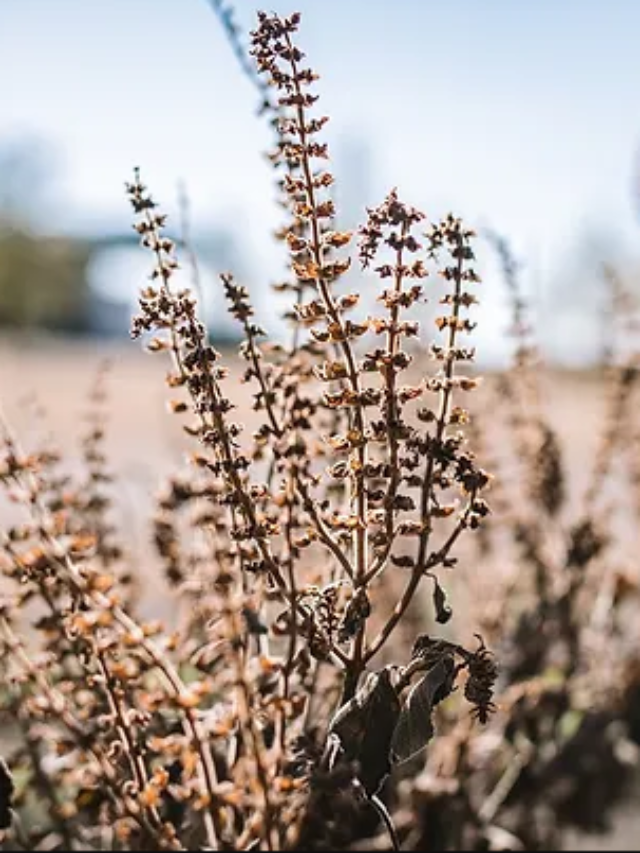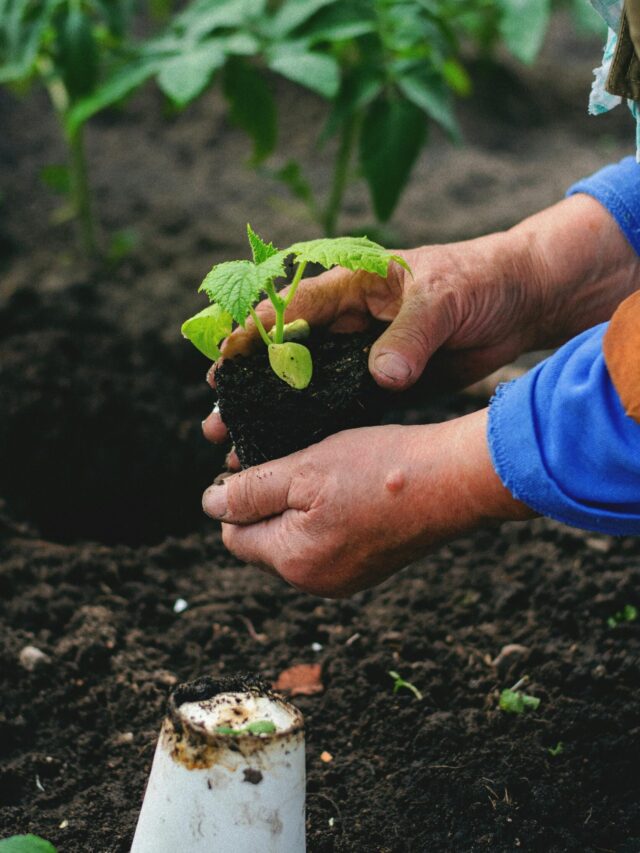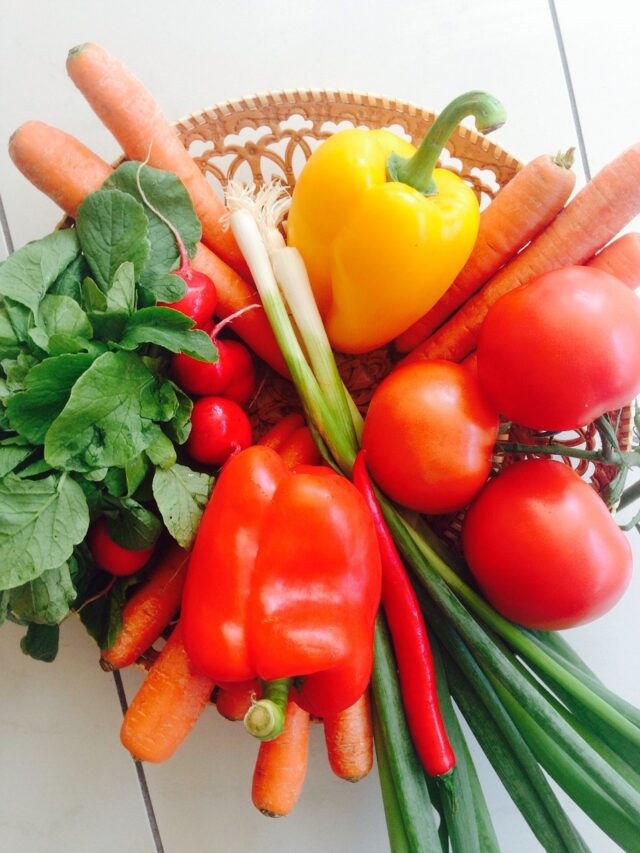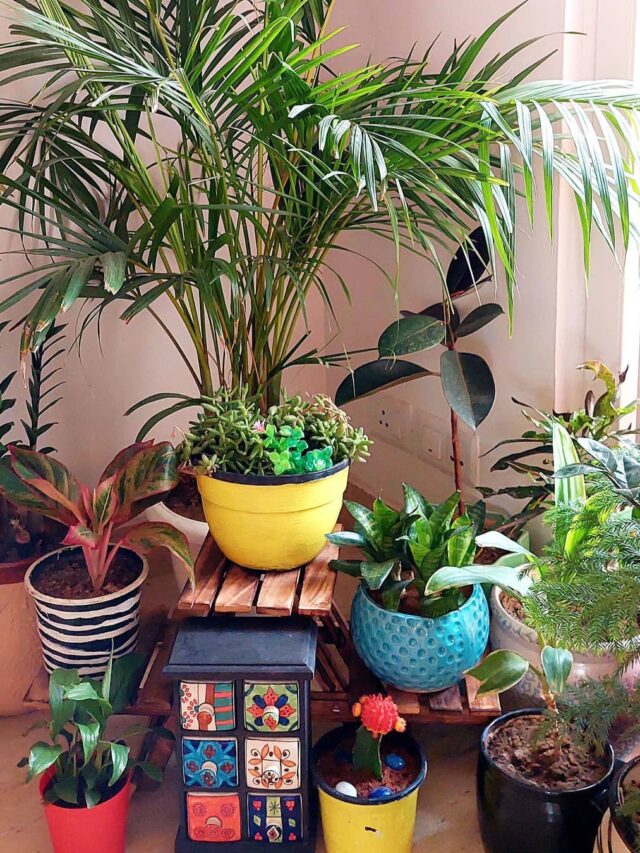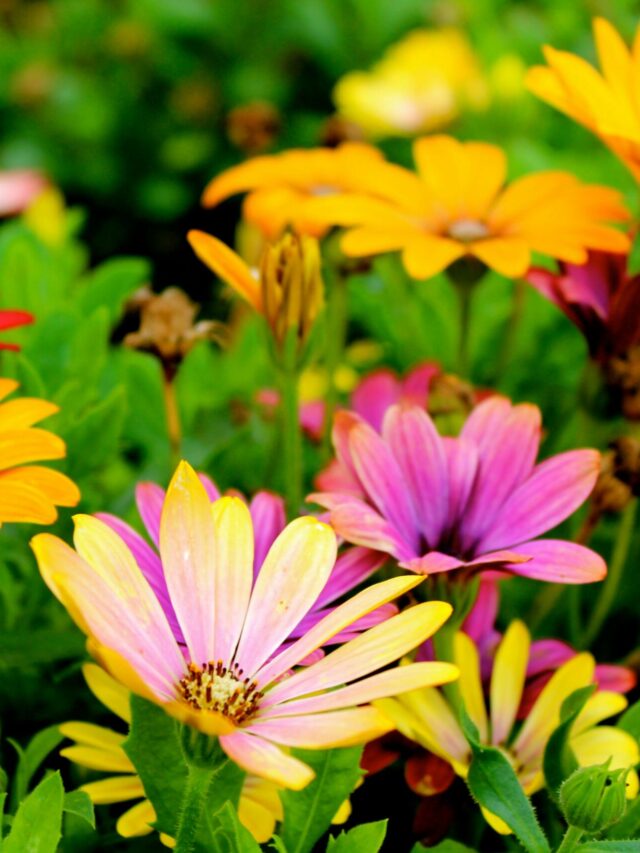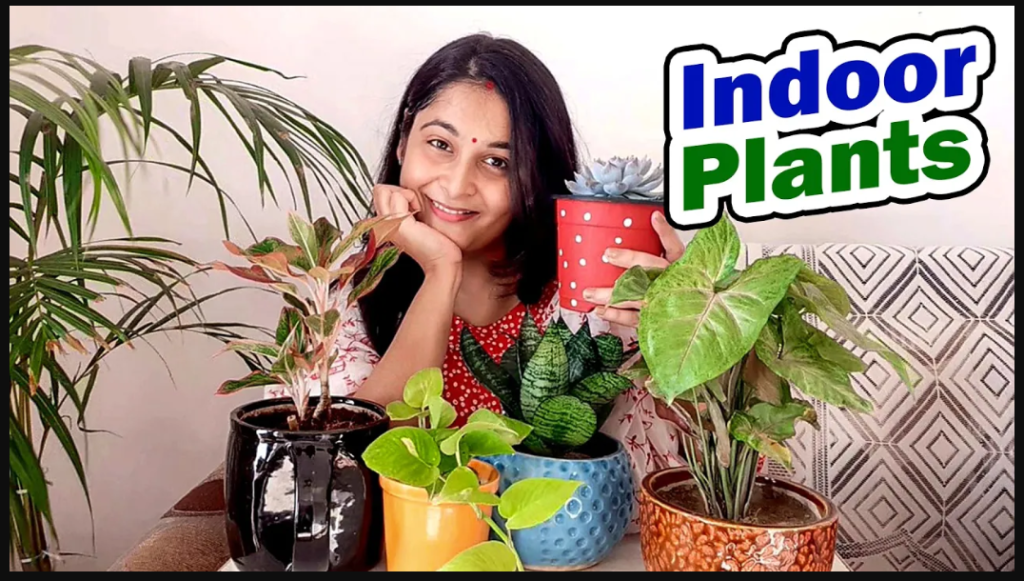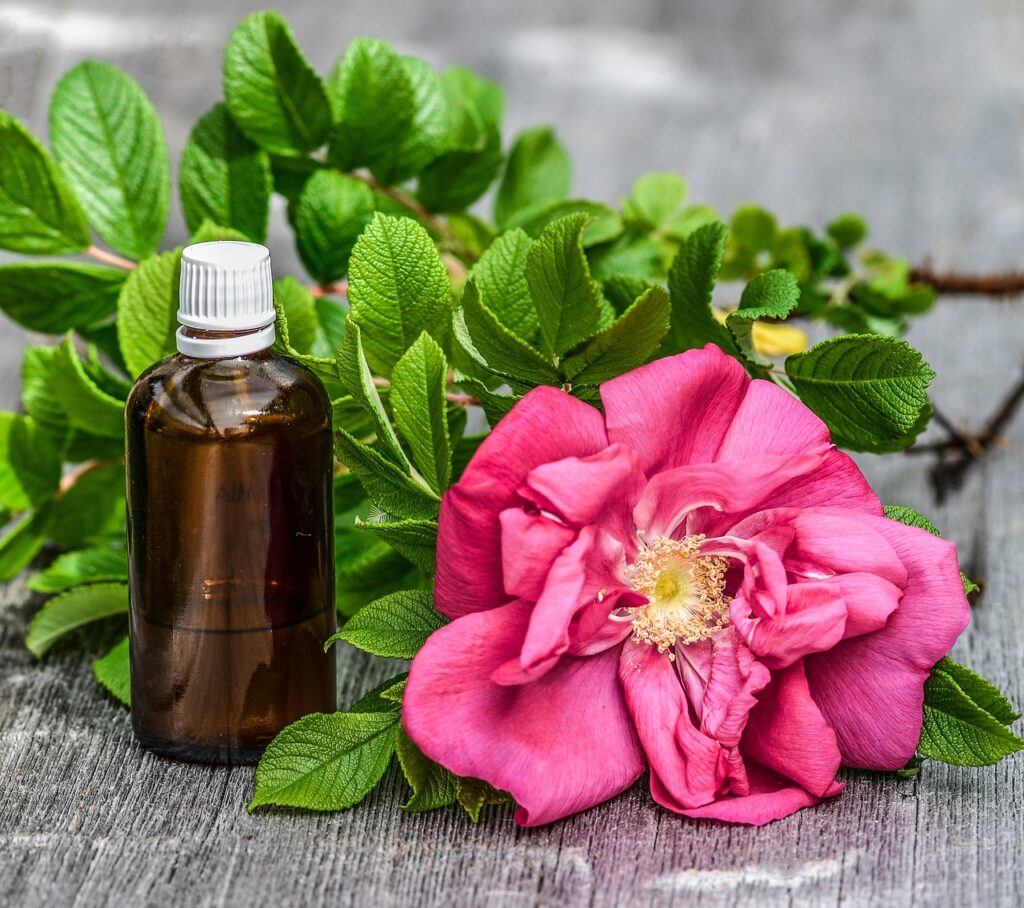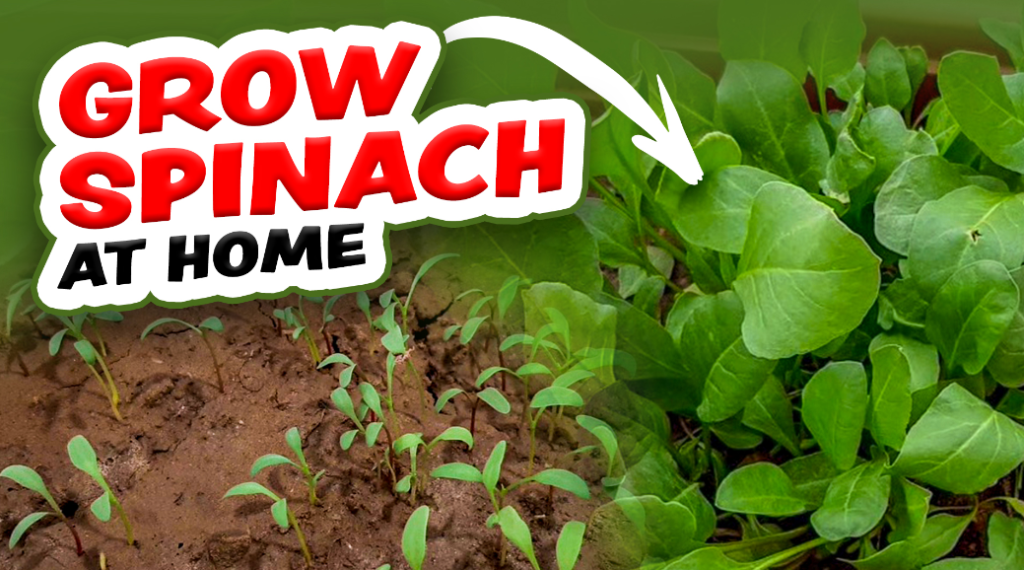Table of Contents
ToggleAdvantages of Self Watering System for Plants
Plants require water to thrive, and in our busy lives, it is not always feasible to be there consistently for watering. The basic necessity of water for plants can not be ignored. In today’s hectic scenario, where everyone has their own tasks and travels, it becomes essential to find alternatives to ensure that plants do not suffer in our absence.

A practical solution is the widespread use of “self-watering systems”, which can be installed in every garden, addressing the issue of inadequate watering when humans aren’t available.
Self Watering System for Plants
Well! This system operates using a timer set for a specific duration at fixed daily intervals.
- For instance, if the timer is configured for 6 o’clock in the morning for a duration of 15 minutes every day, the system will consistently water your plants at the designated time and for the specified duration.
Parts of the System – This system comprises two units:
1. Timer Machine
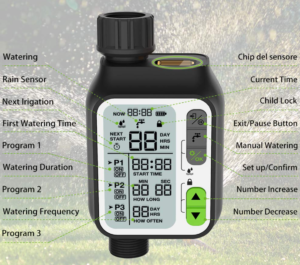
The timer machine is installed on the tap, allowing you to set the desired time and frequency for water flow.
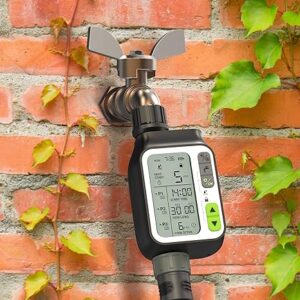
- This system is priced approximately Rs. 2600 and comes in two variants: the standard version and another option that includes a rain detection feature, preventing it from starting automatically when it’s raining. You can easily find it online.
2. Drip System
The second component of this system is a network of pipes.
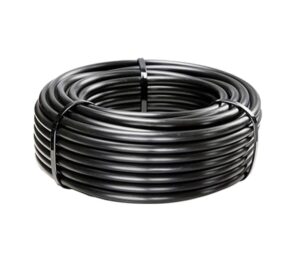
- It includes a main water-supplying pipe that branches out into various pipes called feeder pipes, each leading to different plants. This setup ensures the efficient distribution of water to multiple plants in your garden.
- The cost of this system is approximately Rs. 1800, and it is available in configurations for different numbers of plants, such as 20, 30, 50, and so on.
- Each variant comes with the required length of feeder pipe to cater to the specific needs of your garden.
Installation of Machine
Insert the battery cell into the machine and configure the timings according to your preference.
Schedule multiple watering sessions in a single day

- If you wish to schedule multiple watering sessions in a single day, especially during extreme summers, opt for the P1, P2, and P3 options.
- Alternatively, if you prefer setting up watering days, choose Day 1, Day 2, and so forth. The user manual provides detailed instructions for adjusting these settings.
You can set watering duration
On the machine’s display, there’s a tap button for setting the watering duration.
- If, at some time, you have watered your plants before the scheduled machine time, it is important to close the tap button to prevent the system from overwatering when it runs again at the preset time.
- This ensures that your plants receive the right amount of water without the risk of excess.
Machine is equipped with two nozzles
The machine is equipped with two nozzles—one for the tap (water source) and another for pipe fitting.
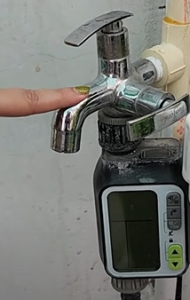
- Opt for the tap with two outlets, allowing you to use one for regular watering and the other for connecting the pipe.
- This dual-outlet feature provides flexibility in managing your watering setup.
- Secure the machine onto the tap by screwing it in securely.
Installation of Drip System
The drip system includes a main pipe, feeder pipes, screws, and nuts for installation.
- Connect one end of the main pipe to the timer machine to receive water.
- Then, secure the main pipe along the garden boundaries using zip cables.
- Seal the other end of the main pipe to prevent water leakage.
- Puncture holes in the main pipe where feeder pipes are needed, using the provided yellow-pointed screws.
- Cut the feeder pipes to the required length, matching the distance between the main pipe and the plants.
- Connect the main pipe to feeder pipes using the included connectors, ensuring a secure fit to prevent leaks.
- At the end of each feeder pipe, attach an arrow and regulator. The regulator, available in two varieties—one with a normal outlet and another with a fountain outlet—helps control water flow.
- Dig the arrows inside the soil to anchor the pipes and prevent them from shifting.
Precautions and Tips
1. Cell Quality
- Choosing high-quality pencil cells is essential. With good-quality cells, the system can run autonomously for a duration of 6-7 months, ensuring reliable and sustained operation.
2. Expandable System
This system offers easy expandability. If you plan to increase the number of plants, it can be effortlessly expanded by extending the length of both the main pipe and feeder pipes.
- This flexibility allows you to adapt the system to the evolving needs of your garden.
3. Water Pressure
Maintaining high water pressure is crucial for optimal performance.
- Adequate pressure ensures efficient water distribution to all feeder pipes.
- If the pressure is low, it may hinder the optimal flow of water, affecting the effectiveness of the system.
4. Equal Distribution
Ensuring equal water distribution in the soil is crucial, especially in larger pots.
- To address this, consider installing more than one feeder pipe based on the specific requirements or size of the pot. This customization helps maintain a balanced and uniform watering system for your plants.
Rainwater Sensor
Having a rainwater sensor in this machine is a great feature. It automatically switches off when it detects rain.
However, in a scenario where the rain stops before the scheduled watering time and the sensor dries up, the machine might initiate watering again.
- While you can manually turn it off if you’re at home, it could be a challenge if you are away.
- It is a reminder that even with automation, a touch of human supervision is sometimes irreplaceable.
Use Main Pipe to Expand
When expanding the system, it is essential not to substitute the main pipes with lower-quality alternatives.
- Using different pipes may lead to the growth of algae, and these substitutes might struggle to maintain the necessary pressure for efficient water distribution. Sticking to the original main pipes ensures the continued effectiveness of the system.
Pot size
Maintaining a uniform pot size is beneficial to ensure consistency in watering.
- If pots vary significantly in size, smaller pots may struggle to accommodate feeder pipes, and the watering duration needed for larger pots might not be suitable for smaller ones.
- To overcome this challenge, consider standardizing your pot sizes to a medium size. This helps create a more balanced and efficient watering system for all your plants.
Proper Planning
If you plan to remove a pot from a particular spot, ensure that you replace it with another pot of the same size.
- This strategy helps prevent water wastage, ensuring that every designated area receives the necessary hydration.
Recheck all the settings before moving out
Absolutely, it is crucial to double-check the entire system’s functionality at least two days before leaving home. Look out for any potential leaks.
- For hanging plants, placing them in tubs and fixing the feeder pipes into the tubs can be a practical solution.
- This way, plants can absorb water from the bottom, ensuring they receive the proper hydration in your absence.
Saves Water
This system effectively prevents water wastage by directing water straight into the pots.
- Unlike watering with a mug, there are no chances of water spilling.
- It is a more precise and efficient way to ensure that every drop of water serves its purpose without unnecessary waste.
It saves time
Well! This system not only saves you time but also relieves you from the extra burden of manual watering. It is an efficient way to free up your time, allowing you to invest it in other enjoyable gardening activities.
For plant lovers with numerous plants, incorporating this system into your garden should be a top priority. It is a smart investment for a lush and thriving garden with minimal effort.
Happy Gardening!!
